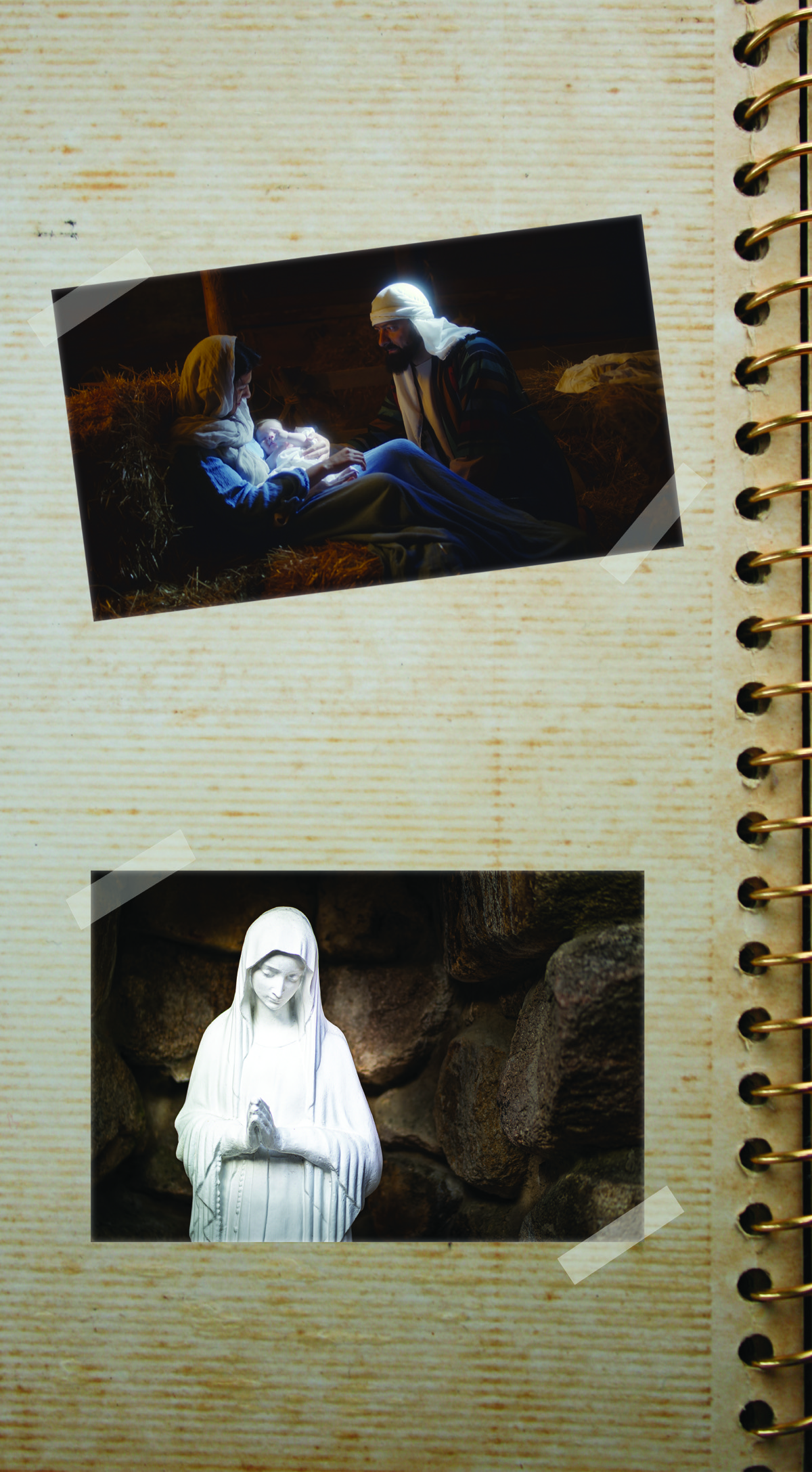
by Bobby L. Graham
Why Do Catholics Worship Mary?
To answer this question fully would require more space that this column allows. There would have to be quotations and citations from Catholic authorities. We plan to deal with this matter in broad outline form, leaving many details to further study.
Because Mary is so special in Bible history, it is easy to assume for her some special position and the worship associated. Many centuries ago, during the Middle Ages, devotees of Mary accumulated a rich tradition based upon both fact and fiction, which led to frequent supposition. They derived from this tradition powers, prerogatives, and privileges which the Bible never allowed.
Basically, we know little about Mary’s background—-birth, parents, etc. What we know from the Bible is that she was with child while betrothed to Joseph and was married to him before Jesus was born. She lived in Nazareth with Joseph and the child Jesus, went to Jerusalem where Jesus was presented in the Temple, from Nazareth fled to Egypt to escape Herod’s decree, and later returned to Nazareth (Matt. 2; Luke 2). She was present at the wedding in Cana for Jesus’ first miracle (John 2). Much later, Mary and her other sons asked to speak to Jesus (Matt. 12:46-50). She was present at the Crucifixion when Jesus gave her into John’s care (John 19:25ff). After the resurrection, Mary was present with Jesus’ apostles for prayer in the upper room (Acts 1:14). The Epistles are silent concerning her life, death, character, and status except in Galatians 4:4, where she is the unnamed “woman.” Despite the Bible’s silence concerning these significant areas, more legends have arisen around her than perhaps any other New Testament character, contributing to what is now known as Mariolatry. Yes, she deserves special veneration/worship, according to Roman Catholic doctrine.
We here give brief attention to such legends:
Mother of God: This is the basis of the unscriptural powers and prerogatives attributed to Mary. While it is true that Jesus has ever been Deity/God, and that He was born of Mary, no biblical teaching supports the notion that Mary is mother of His divinity. He was God “in the beginning” (John 1:1-3).
Perpetual Virginity: While certain passages are used to justify this notion, the NT only speaks of Mary’s virginity before Jesus’ conception (Matt 1:25; 13:55-56. Luke 1:34).
Freedom from Personal Sins: Mary acknowledged Jesus to be her Savior, implying her sin, so that she needed a Savior (Luke 1:47).
Immaculate Conception: Mary was uniquely conceived without the stain of original sin. This doctrine resulted from their false concepts about original sin/total inherited depravity (Rom. 5:12)
Bodily Assumption: This doctrine affirms that God miraculously took the body of Mary, but this conflicts with John 3:13 and Hebrews 9:27.
Worship of Mary: In Roman Catholicism, Mary is an object of worship, although, supposedly, not the same worship given to God, angels, and saints (Luke 1:42; 11:27-28. Read John 4:24; Acts 10:25-26, and Rev. 22:8-9).
Praying to Mary: She is considered the “Second Eve,” through whom comes life. Again, this is an unrevealed and unscriptural doctrine (Acts 10:26; Rev. 19:10; Col. 3:17).
Mary as Mediatrix: Supposedly, she cooperated in our redemption and intercedes in heaven for us. Again, this is an unrevealed and unscriptural doctrine (1 Tim. 2:5; Heb. 4:15-16).
In reality, all eight legends could be labeled as “unrevealed doctrines.” In most instances, their acceptance as doctrine or dogma had to wait for several centuries. Not one of them arises from a fair treatment of any New Testament text. If it were not for fertile imaginations, supposed visions, and false doctrines already received, there would be none of these and little else remaining in Roman Catholic faith and practice, because there would be nothing driving the agenda.


